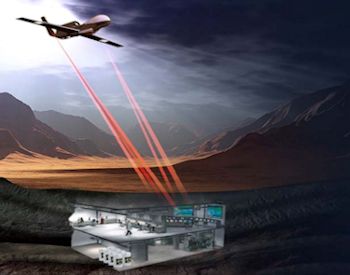Combat Drones
Diecast Drones
An unmanned combat air vehicle (UCAV), also known as a combat drone or drone, is an unmanned aerial vehicle (UAV) that is usually armed. Aircraft of this type have no onboard human pilot. Drones are usually under real-time human control, with "the human's role in UCAV system [varying] according to levels of autonomy of UCAV and data communication requirement[s]".
Equipment necessary for a human pilot (such as the cockpit, armor, ejection seat, flight controls, and environmental controls for pressure and oxygen) are not needed, as the operator runs the vehicle from a remote terminal, resulting in a lower weight and size than a manned aircraft. Common UAVs that rely on a single propeller engine are slower and less maneuverable than manned high performance aircraft, but are less expensive.
Combat Drones: A Brief History
One of the earliest explorations of the concept of the combat drone was by Dr. Lee De Forest, an early inventor of radio devices, and U. A. Sanabria, a TV engineer. They presented their idea in an article in a 1940 publication of Popular Mechanics. The modern military drone as known today was the brainchild of John Stuart Foster Jr., a nuclear physicist and former head of the Lawrence Livermore National Laboratory (then called the Lawrence Radiation Laboratory). In 1971, Foster was a model airplane hobbyist and had the idea this hobby could be applied to building weapons. He drew up plans and by 1973 Defense Advanced Research Projects Agency (DARPA) built two prototypes called "Praeire" and "Calere", they were powered by a modified lawn-mower engine and could stay aloft for two hours while carrying 28-pounds of load.
In the 1973 Yom Kippur War, Israel used unarmed U.S. Ryan Firebee target drones to spur Egypt into firing its entire arsenal of anti-aircraft missiles. This mission was accomplished with no injuries to Israeli pilots, who soon exploited the depleted Egyptian defenses. In the late 1970s and 80s, Israel developed the Scout and the Pioneer, which represented a shift toward the lighter, glider-type model of UAV in use today. Israel pioneered the use of Unmanned aerial vehicles (UAVs) for real-time surveillance, electronic warfare, and decoys. The images and radar decoying provided by these UAVs helped Israel to completely neutralize the Syrian air defenses in Operation Mole Cricket 19 at the start of the 1982 Lebanon War, resulting in no pilots downed.
In the late 1980s, Iran deployed a drone armed with six RPG-7 rounds in the Iran-Iraq War. This was the first time an armed drone was used in war.
Impressed by Israel's success, the US quickly acquired a number of UAVs, and its Hunter and Pioneer systems are direct derivatives of Israeli models. The first 'UAV war' was the first Gulf War: according to a May 1991 Department of the Navy report: "At least one UAV was airborne at all times during Desert Storm." After the Gulf War successfully demonstrated their utility, global militaries invested widely in the domestic development of combat UAVs.
In recent years the U.S. has increased its use of drone strikes in Pakistan as part of the War on Terrorism. (Courtesy: Wikipedia)
|







